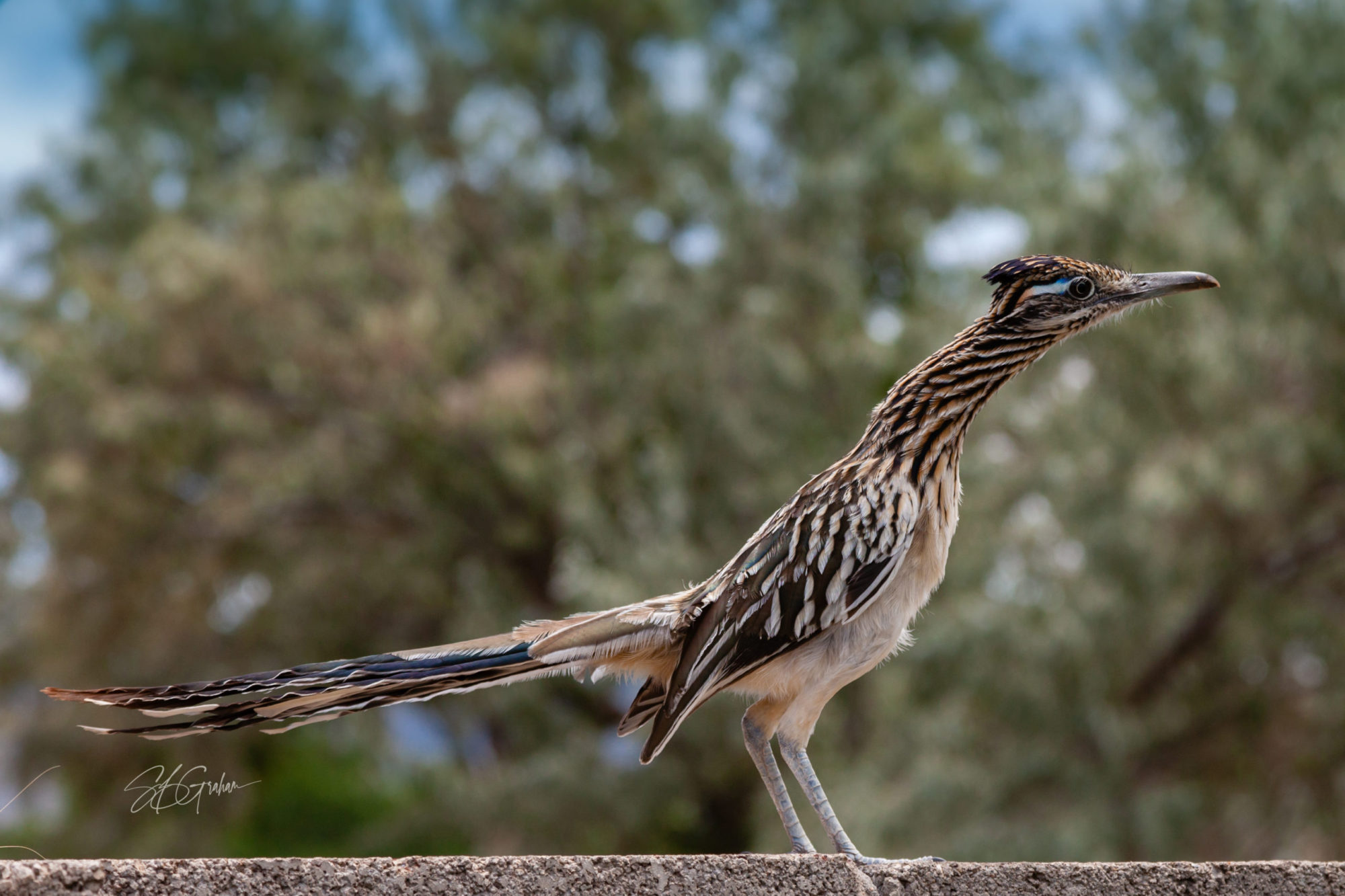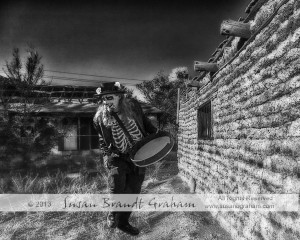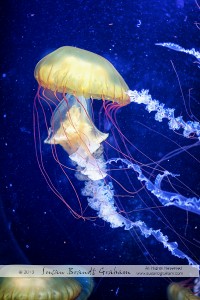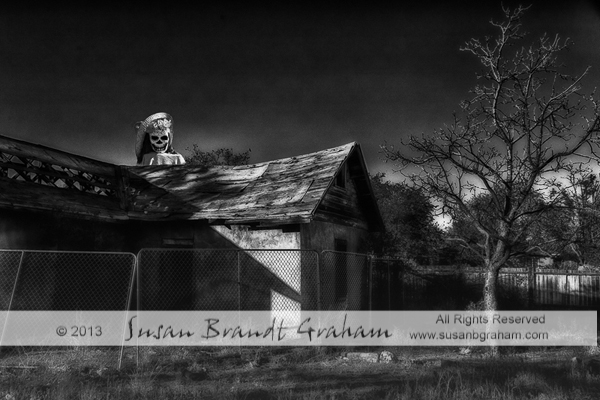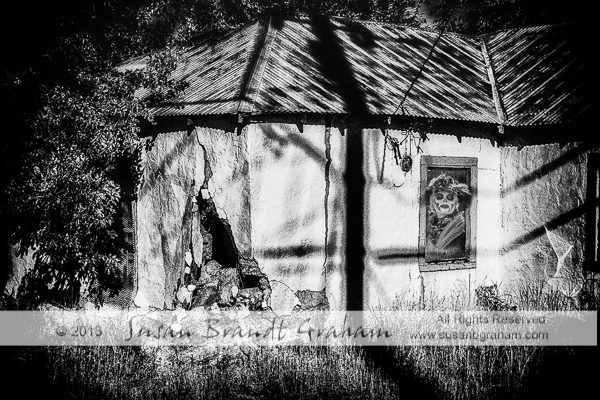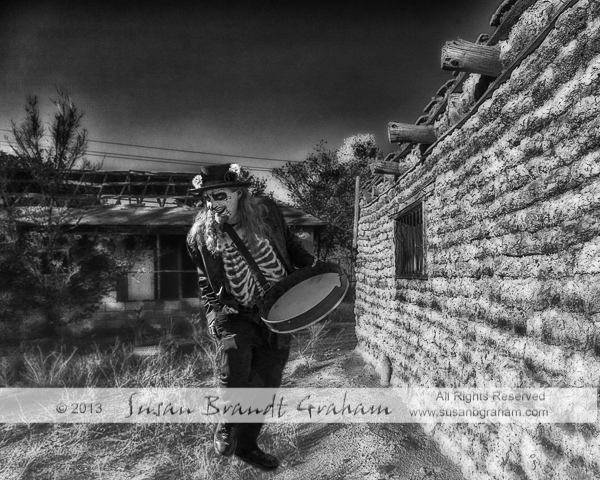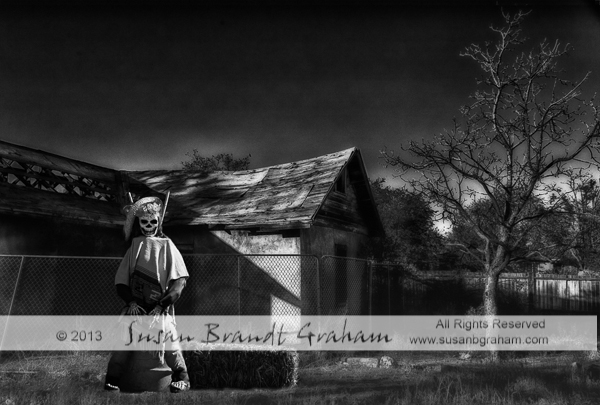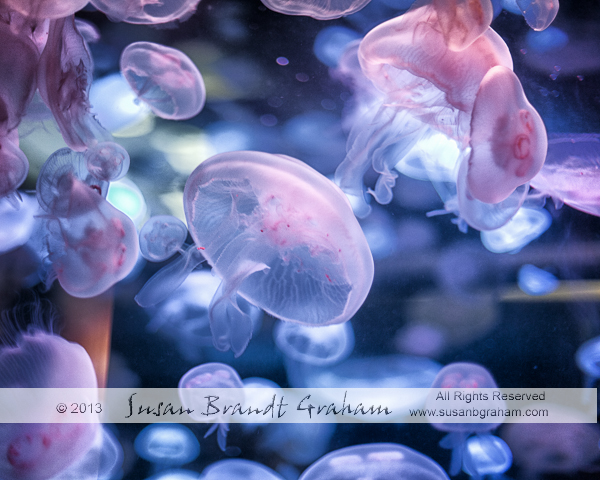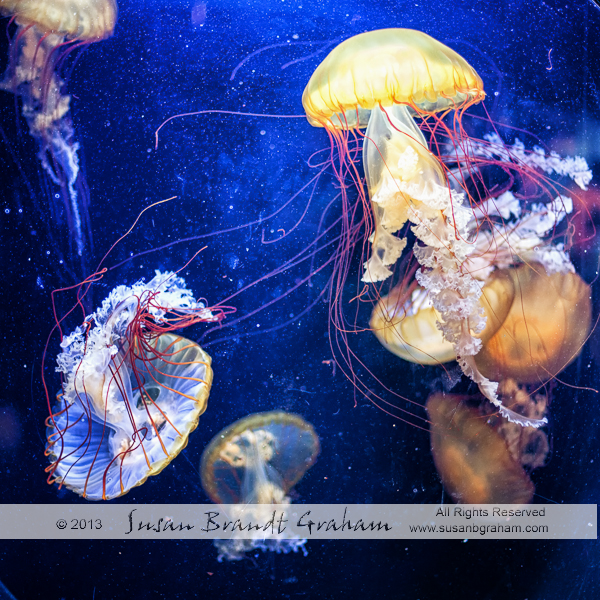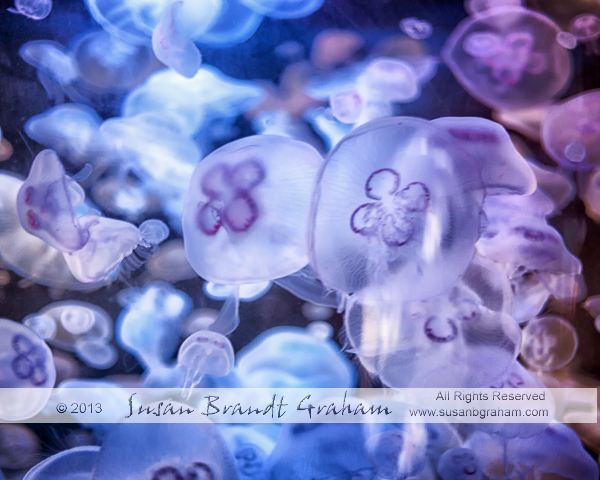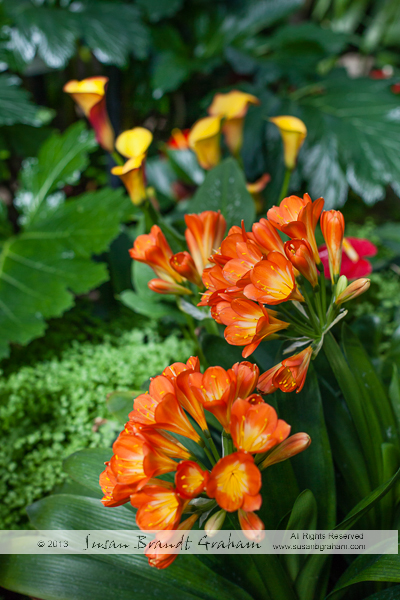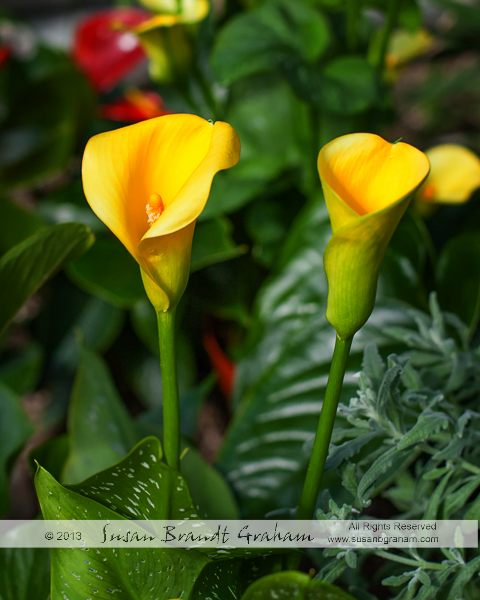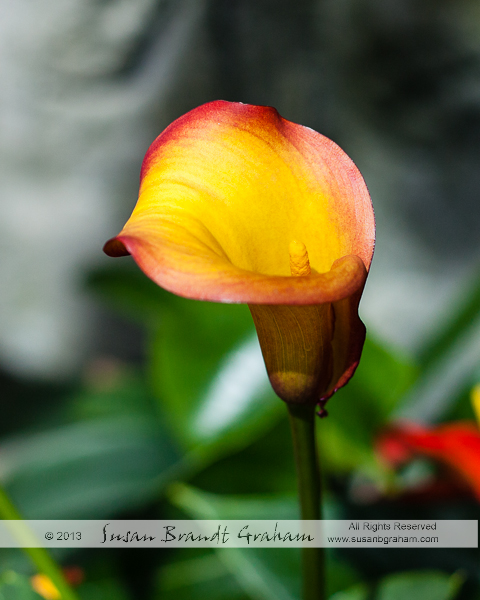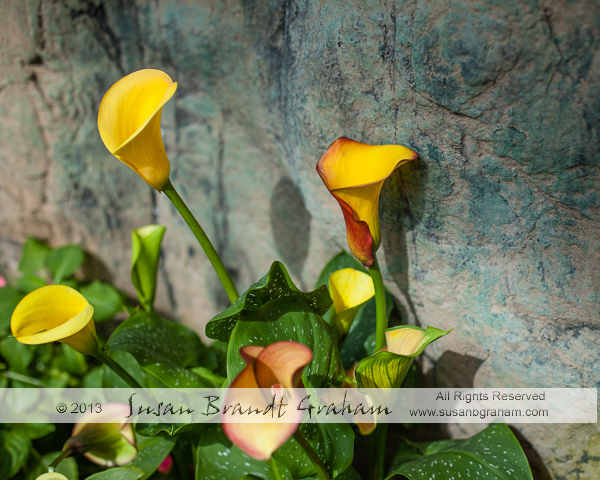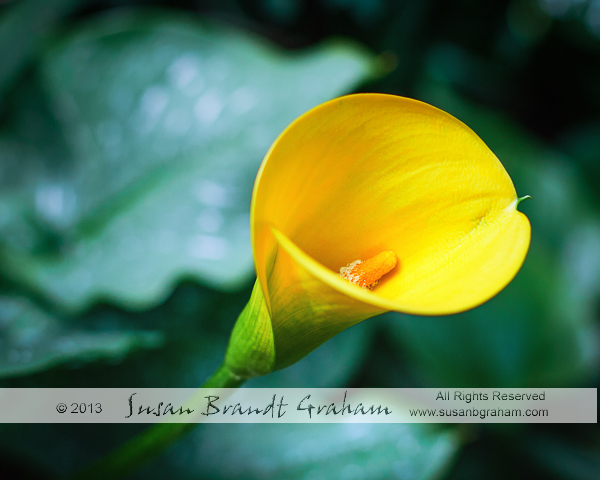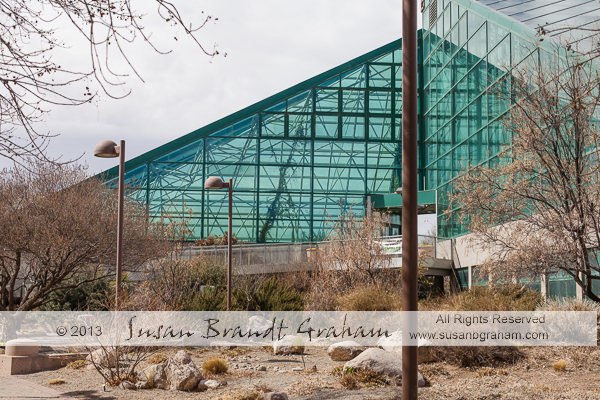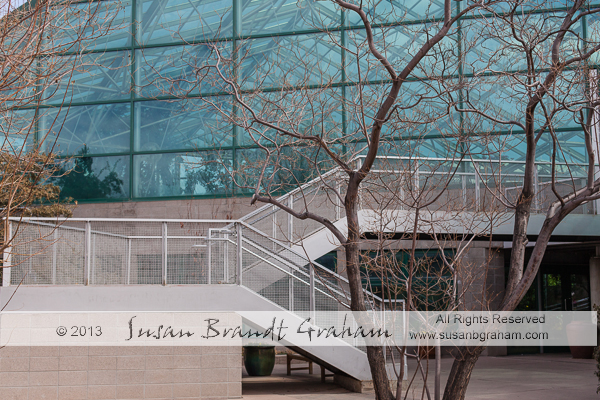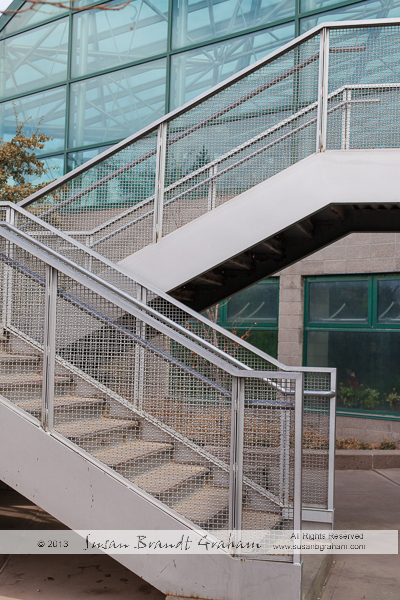Stabilizing Adobe – easier said than done!
Adobe has been a long-used building material in New Mexico. As noted before, many adobe structures are weathering away, because lifestyles have changed and people no longer have the time to spend on the required maintenance.
Adobe is beautiful, and many ways have been and are being tried to create more stable adobe. This adobe wall shows two things – the adobe bricks are not placed on the ground, but instead on top of a cement foundation, and the wall is “capped” with something other than plain adobe. The goal of the former is to prevent absorption of water from the ground. The goal of the latter is help slow down the weathering of adobe from rain, wind, etc.
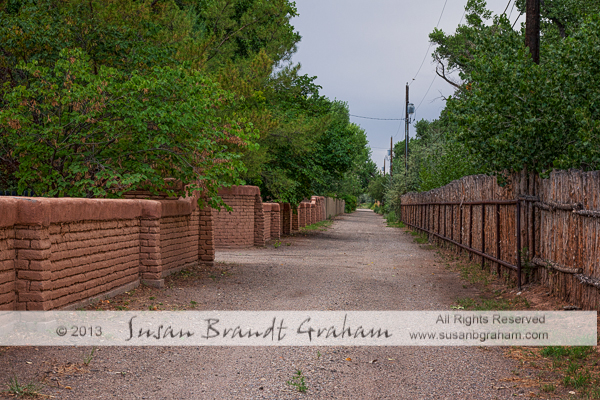
When we take a close look at that stabilized wall, however, we see that the adobe bricks are gradually weathering away, in spite of stabilization efforts.
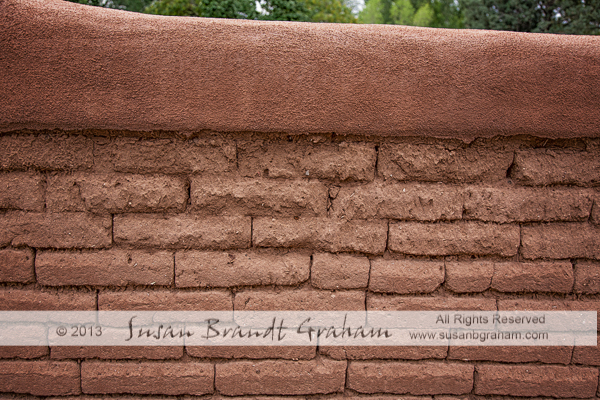
As I have noted many times before, weathering adobe walls are commonplace in the New Mexico landscape. In spite of my awareness of this, I was surprised a couple of weekends ago when I turned a corner at the Biopark and saw this image:
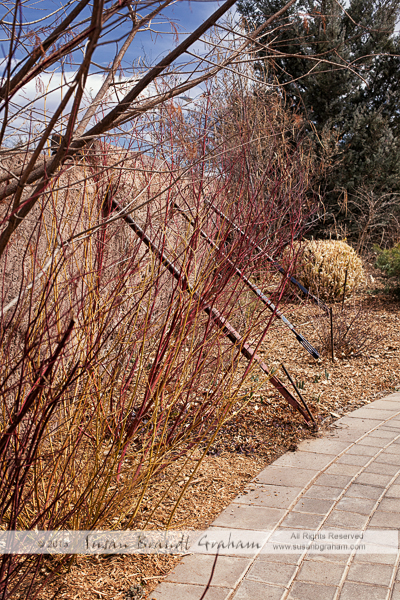
Those are some major supports being used to keep a wall standing! Here is another view of those supports:
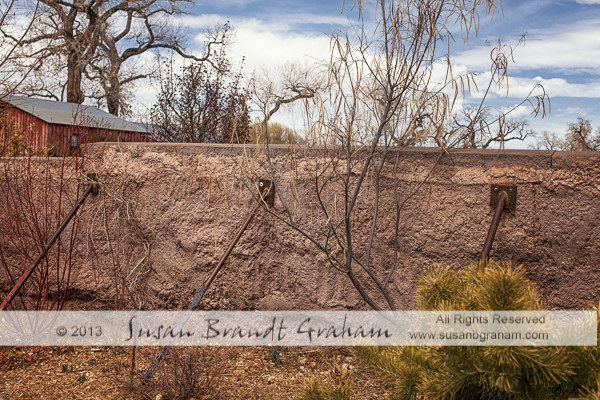
This close up view of what was covering the wall looks like stucco with cement and/or asphalt, the kind of covering that possibly kept the underlying material from breathing. I suspect the wall supports were added after this covering failed to stop the “melting” of the underlying wall, although at this time I do not know that for a fact.
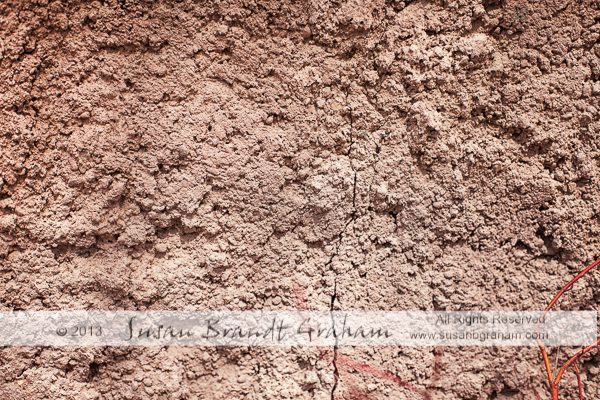
Adobe is beautiful. It is “natural.” It blends into the landscape. It is “dirt cheap.” Those are just some of the reasons to love adobe as a construction material. But, and this is major, adobe requires constant maintenance.
